Hondatek
Aquarium Advice Addict
So I have been reading conflicting info on this subject. Is it better to have sugar fine sand for a dsb. Or is it better to have coarse sand. Also at which point does aragonite sand help with keeping the ph up?
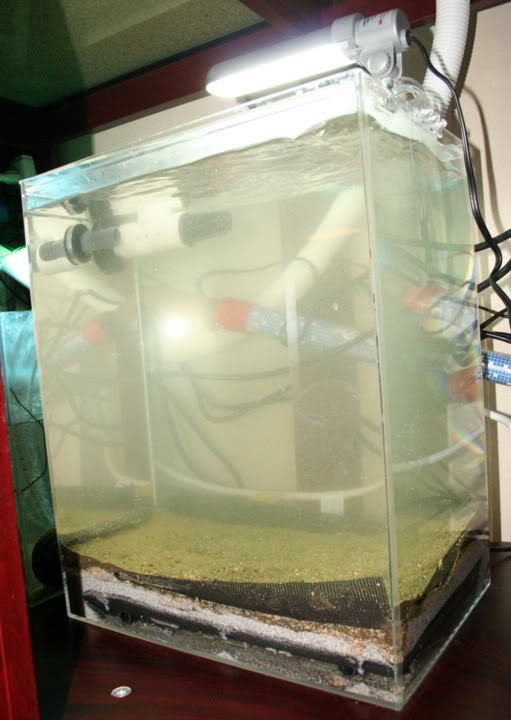
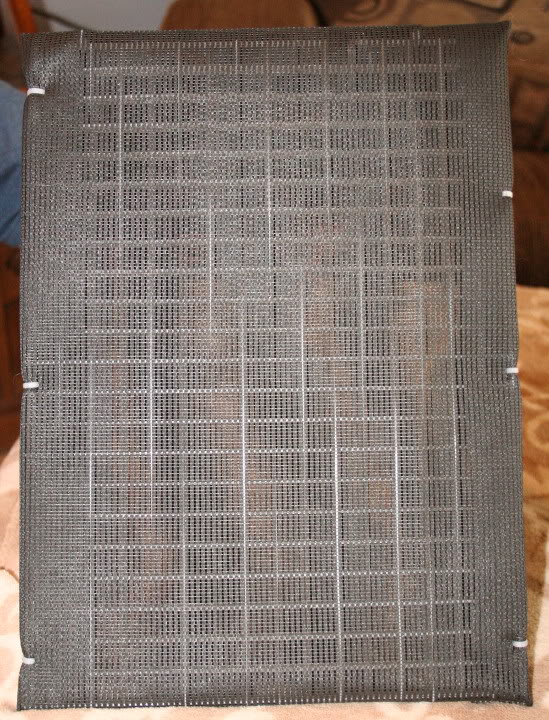
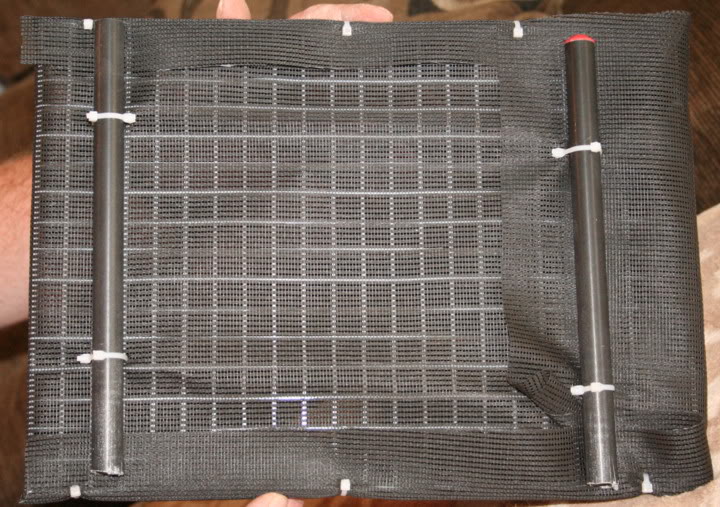
Gti_Leo said:i've never seen anyone use a plenum in a DSB.
this is all pretty new to me
this is the link i've used
http://www.reef-eden.net/DSBs.htm and http://www.ronshimek.com/deep_sand_beds.html
Little something I put together a while back on a DSB, might help you with some of your questions.
Set-up:
A properly set-up DSB consists of three distinct layers, each ranging from 1" to 2" or more in depth.
This image has been resized. Click this bar to view the full image. The original image is sized %1%2.
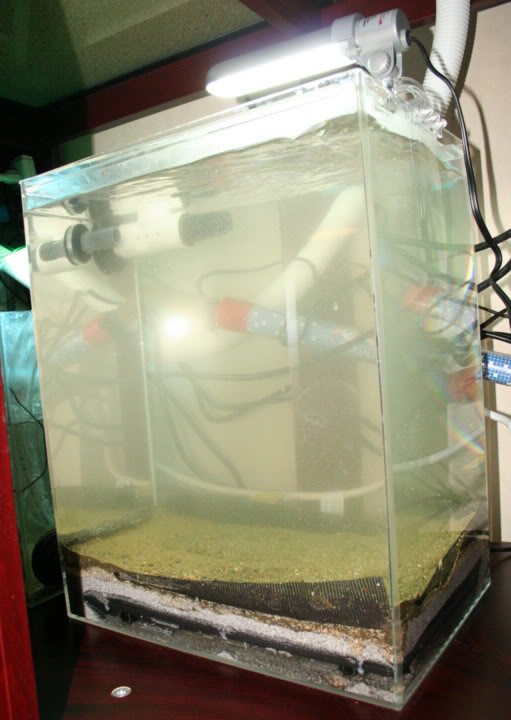
The Bottom Layer or Plenum: The bottom layer in a DSB can be set up in one of two ways; either a plenum or a layer of very course substrate. This bottom layer is the anaerobic portion of the DSB, and anaerobic bacteria, similar to those found living deep inside the pores of LR, are found here. These anaerobic bacteria complete the nitrogen cycle, by converting nitrates into harmless nitrogen gas. Hydrogen sulfide gas is also produced as a result of this conversion, creating slightly acidic conditions in this area. Generally this deadly hydrogen sulfide gas is broken down within the anaerobic area, however, if this deep layer is disturbed by the hobbiest or deep burrowing fish or invertes, this gas, the acidic water, as well as any trapped nutrients may be released causing the aquarium to "crash."
The Plenum
A plenum is created using an undergravel filter or eggcrate covered with a layer of plastic or fiberglass screen supported above the bare aquarium bottom by inert spacers such as PVC or plastic pipe. The plenum creates an open water space 1" to 2" inches deep.
Plenum for a remote DSB
This image has been resized. Click this bar to view the full image. The original image is sized %1%2.
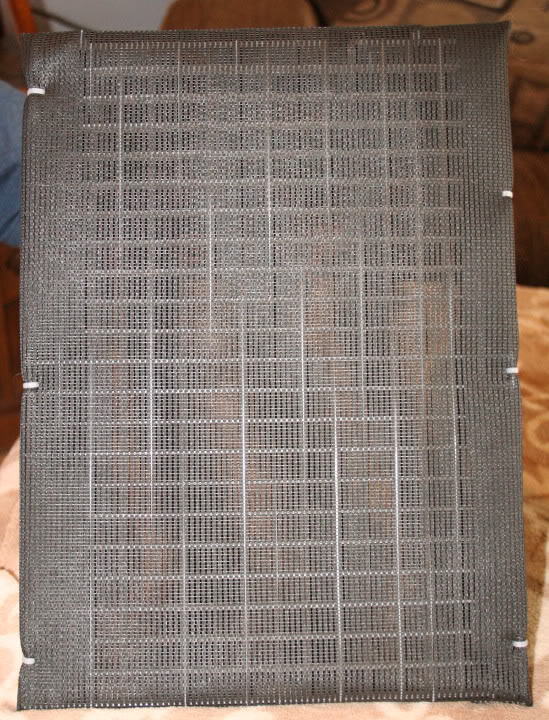
Bottom of the Plenum
This image has been resized. Click this bar to view the full image. The original image is sized %1%2.
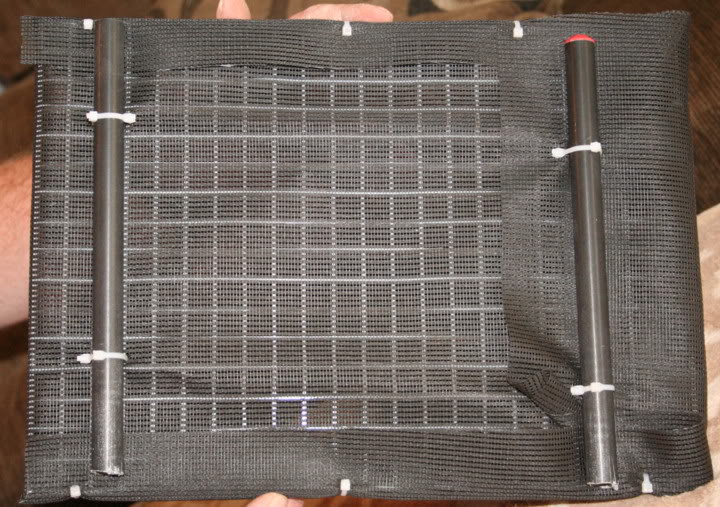
Course Substrate
In the event that a plenum is not used (and research has shown that there is no significant benefit to using or not using a plenum with DSBs), the bottom layer can consist of a 1" to 2" layer of course sand, CC gravel or crushed shell; regardless of the substrate used, the material should be course enough that the layer is very porous allowing bacteria to colonize and water to diffuse easily. Using aragonite sand, CC, or crushed shell also allows these substance to break down in the slightly acid conditions of this layer, and release calcium carbonate into the aquarium water at a slightly faster rate than normal. A layer of plastic or fiberglass screen should always be placed on top of the course substrate or the plenum. The purpose of the screen is to prevent deep burrowing fish or invertebrates from disturbing the bottom layer of the DSB, and releasing hydrogen sulfide gas, acidic water, or nutrients into the aquarium.
The Second Layer:The second layer should consist of a layer of aragonite sand, roughly 1" to 2" inches in depth with a particle size of about 2 to 3mm. Either "live sand" or dry aquarium sand can be used for this layer, if dry sand is used however, it should be seeded with true live sand (not the bagged live sand) aquired online or at your LFS, in order to introduce the desired microfauna and bacteria required to maintain the DSB long term. A second plastic or fiberglass screen may also be added at this point.
The Final Layer: The final layer should consist of an 1" to 2" of very fine sand with a particle size of 1mm or less. Some prefer to use "sugar sand" for this layer, and live "mud" is sometimes used for this final layer in some remote DSBs. Again, the introduction of desirable microfauna and bacteria is required.
Hope it helps.
As to your question on the aragonite sand, it is constantly breaking down in the reef tank, however in the normal pH of our reefs the breakdown is a slow process.
****, and here I was thinking I could just add 6" of aragonite and call it a day haha.
i've never seen anyone use a plenum in a DSB.
this is all pretty new to me
this is the link i've used
Deep Sand Beds and Ron Shimek's Website...Deep Sand Beds
The plenum seems a little to advanced for me. The combo of course and fine sand seems like the best way to go .
So I have eggcrate on the bottom of my tank. So I'm thinking 3 inch coarse sand bed with a 4 inch fine bed on top. That sound good?
It's a 180 gallon tank.
Shallow vs. Deep Sandbeds: Generally speaking, 1/4" to 2" is considered to be a shallow sandbed (SSB) and 3 1/2" to 6" is considered a deep sandbed (DSB). Generally the area between the two is considered to be an unsafe zone, not quite deep enough for anaerobic bacteria to establish and carry out denitrification, but too deep for aerobic bacteria to be present, thus allowing the build-up of toxic wastes in the form of hydrogen sulfide gas which can be released if the sandbed is disturbed.
It has generally been accepted that SSB, like CC, maintain oxygenated water throughout the sandbed and therefore must be maintained by syphoning, generally on a monthly basis. While DSBs on the other hand have an anaerobic area (typically in the bottom inch or two) very similar to Live Rock, in which anaerobic bacteria are able to establish to help break down nitrates. The DSB requires little to no regular maintainence (some do regularly siphon or stir the top inch or so). Recent research however indicates that both shallow and deep sandbeds function in converting organic waste into free nitrogen gas. I've attached a link to the two articles that report these finding below.
Feature Article: An Experimental Comparison of Sandbed and Plenum-Based Systems. Part 1: Controlled lab dosing experiments — Advanced Aquarist's Online Magazine
Feature Article: An Experimental Comparison of Sandbed and Plenum-Based Systems: Part 2: Live Animal Experiments — Advanced Aquarist's Online Magazine
